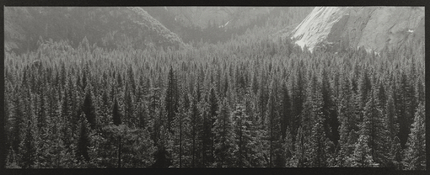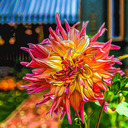- Joined
- Jul 31, 2012
- Messages
- 3,405
- Format
- 35mm RF
You mean aesthetically or chemically?
Great cyanos by the way....love the curvy shadow.
:Niranjan.
Thanks..
I knew they all used silver but didn't know why they were different. I did a dive last night so now I know the sensitizers are different. I guess the only real way to know is to buy some chems and have at it.





